
Best practices for landing pages: crafting a high-converting experience

Whether you’re running an ecommerce site or managing a SaaS company, landing pages play a crucial role in driving conversions. A well-crafted landing page is more than just a pretty face - it’s a strategic tool designed to guide visitors toward a specific action. To maximize the effectiveness of your landing pages, it's essential to follow proven strategies and design principles.
In this article we’re exploring best practices for landing pages, looking at key landing page design best practices and offering a robust landing page strategy to help you achieve your conversion goals.
Why landing pages matter
Before diving into the best practices, it’s important to understand why landing pages are so critical. Unlike a homepage, which typically serves as a broad introduction to your brand, a landing page is hyper-focused on a single offer or call to action (CTA). Whether you're promoting a product, offering a free trial, or encouraging sign-ups for a webinar, the primary goal of a landing page is to convert visitors into leads or customers.
Best practices for landing pages
Start with a clear goal
Every landing page should have a clear and specific goal, whether it’s generating leads, increasing sales, or capturing email subscribers. This goal will drive every aspect of the page, from the headline to the CTA.
- Focus on one offer: avoid the temptation to include multiple offers or CTAs. A single, focused message prevents confusion and keeps the visitor’s attention where it matters most.
- Align with your campaign: ensure that your landing page is closely aligned with the campaign or ad that drove the visitor to the page. Consistency in messaging and visuals helps build trust and reduces bounce rates.
Craft a compelling headline
Your headline is the first thing visitors see, and it needs to grab their attention immediately. A strong headline clearly communicates the value proposition and entices visitors to stay on the page.
- Be clear and concise: avoid jargon and get straight to the point. A clear, concise headline is more effective than one that's overly clever or complex.
- Highlight the benefits: focus on the benefits to the visitor, not just the features of your product or service. For example, instead of “Our software helps you manage projects,” try “Streamline your projects and boost productivity.”
Design with simplicity in mind
Landing page design best practices emphasize simplicity and ease of use. A cluttered or confusing design can overwhelm visitors and lead to high bounce rates.
- Clean layout: use a clean, uncluttered layout that directs attention to the most important elements, like the headline, supporting copy, and CTA.
- Whitespace: don’t be afraid of whitespace. It helps to create a balanced layout and makes your content more digestible.
- Mobile optimization: ensure your landing page is fully responsive and looks great on all devices. With a growing number of users accessing websites on mobile, a poor mobile experience can drastically reduce conversions.
Create a strong, actionable CTA
The call-to-action (CTA) is arguably the most critical element of your landing page. It’s the tipping point that turns a visitor into a lead or customer.
- Visibility: place your CTA above the fold so visitors can see it without scrolling. If your page is long, consider adding multiple CTAs in strategic locations.
- Action-oriented language: use strong, action-oriented language in your CTA, such as “Get started,” “Download now,” or “Claim your free trial.” The language should clearly convey what the visitor will gain by taking action.
- Contrast: make sure your CTA button stands out visually. Use contrasting colors to make it pop against the background, drawing the visitor’s eye directly to it.
Test and optimize continuously
No landing page is perfect from the start. The most successful pages are those that are tested and optimized continuously based on user behavior and performance data.
- A/B Testing: conduct A/B tests to compare different versions of your landing page elements, such as headlines, CTAs, or images. This helps you identify what resonates best with your audience.
- Analyze performance metrics: use tools like Google Analytics to track key metrics like conversion rate, bounce rate, and time on page. Use this data to inform your optimization efforts.
- Iterate based on results: based on your findings, make iterative changes to your landing page. Small tweaks over time can lead to significant improvements in performance.
Developing a comprehensive landing page strategy
Creating high-converting landing pages requires more than just following design best practices; it demands a strategic approach. Here’s some tips to help you develop a robust landing page strategy:
Target the right audience
Tailor your landing pages to the specific needs and pain points of your target audience. This ensures that your message resonates and your offer is compelling.
Use targeted traffic sources
Drive traffic to your landing pages from sources that are most likely to convert, such as targeted PPC campaigns, email marketing, or retargeting ads.
Align with the buyer’s journey
Consider where your audience is in the buyer’s journey and create landing pages that cater to their stage, whether it’s awareness, consideration, or decision.
Conclusion
By adhering to these best practices for landing pages and developing a thoughtful landing page strategy, you can significantly boost your conversion rates and achieve your business goals. Remember, the key to success is ongoing optimization - continuously test, analyze, and refine your pages to ensure they deliver the best possible results. Whether you’re managing an ecommerce store or a SaaS company, these principles will help you create landing pages that not only attract visitors but also convert them into loyal customers.
-
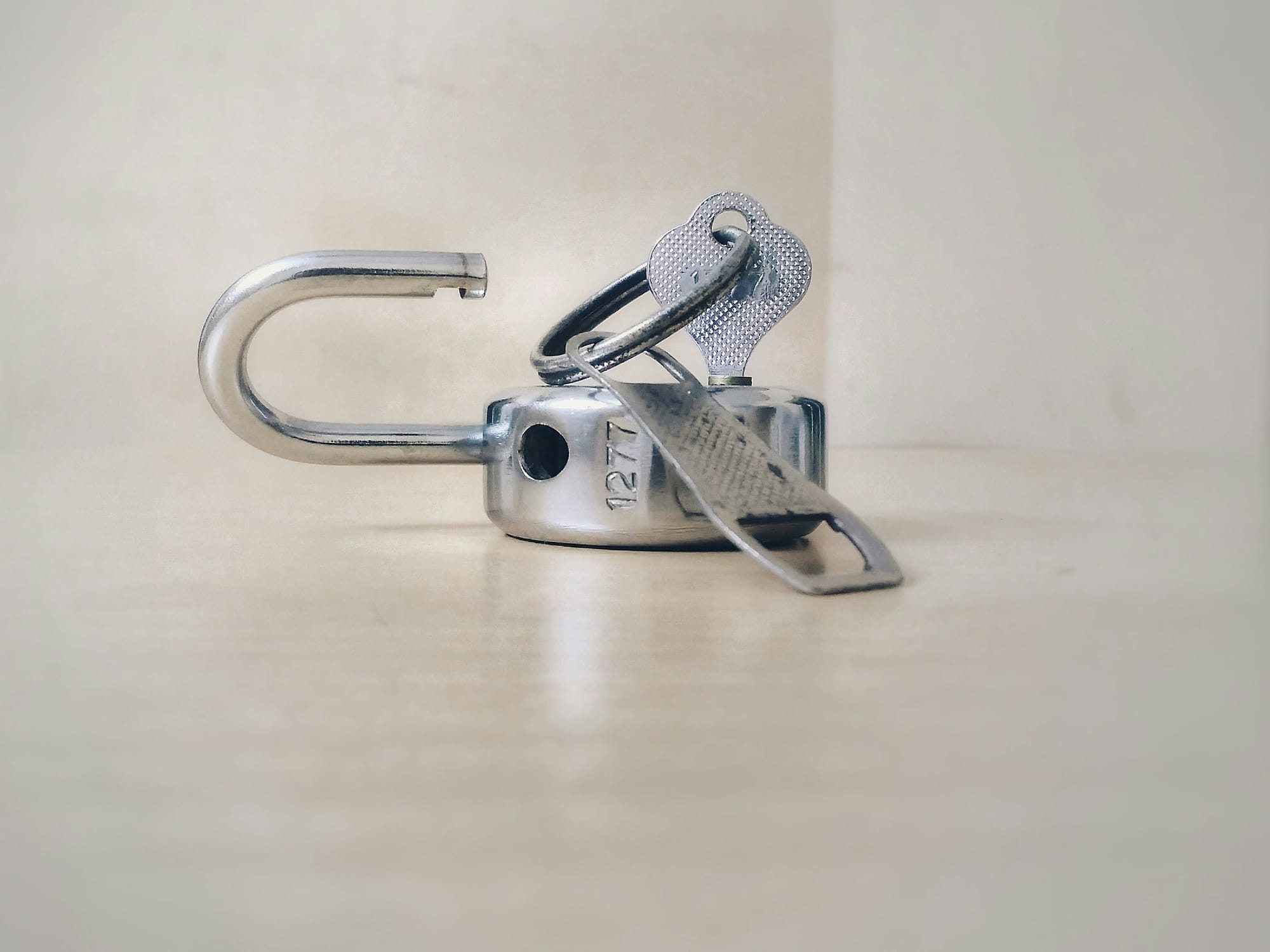
Unlock the benefits of website personalization
-
Ecommerce conversion best practices - reach your store’s full potential
-

How to - increase your website sales
-

Your ultimate Conversion Rate Optimization checklist
-

How to: complete a Conversion Rate Optimization audit
-

An easy guide to ecommerce website optimization
-

Your guide to Conversion Rate Optimization best practices
-

Landing page optimization - maximizing your conversions
-
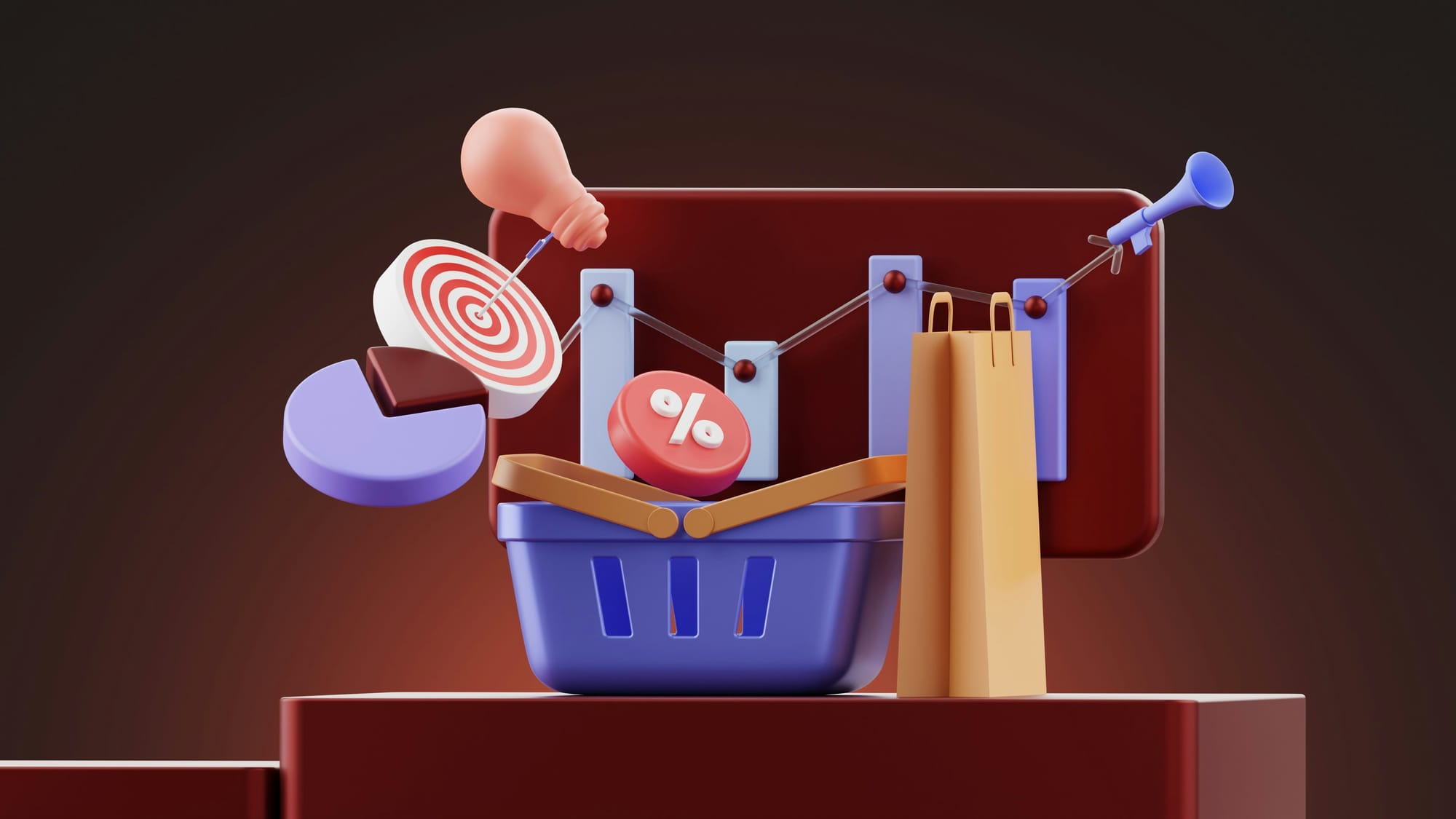
Mastering ecommerce product page optimization
-

Website performance optimization techniques to boost your online business
-

Benefits of website personalization for online businesses
-
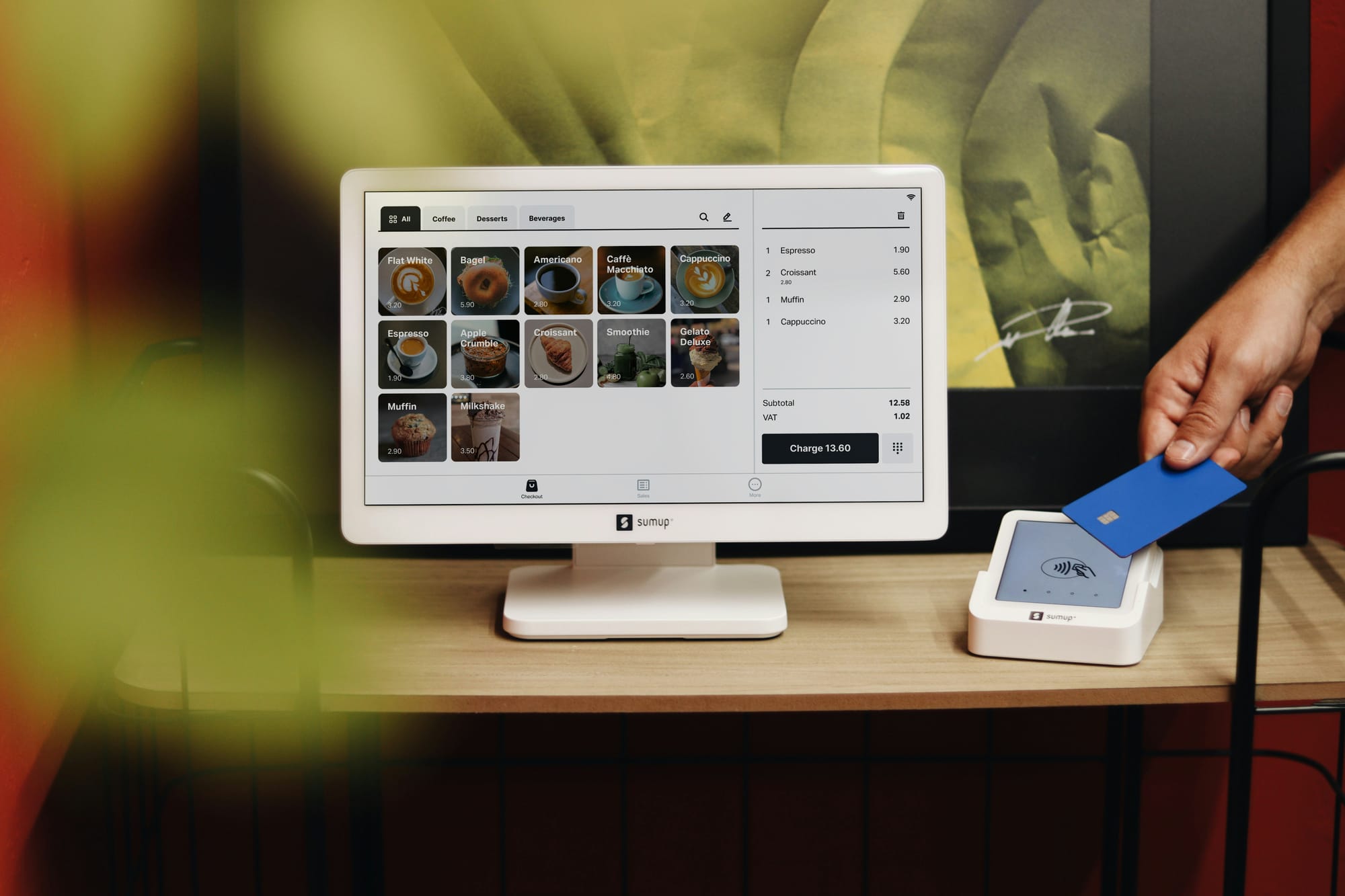
How to improve your ecommerce checkout conversion
-
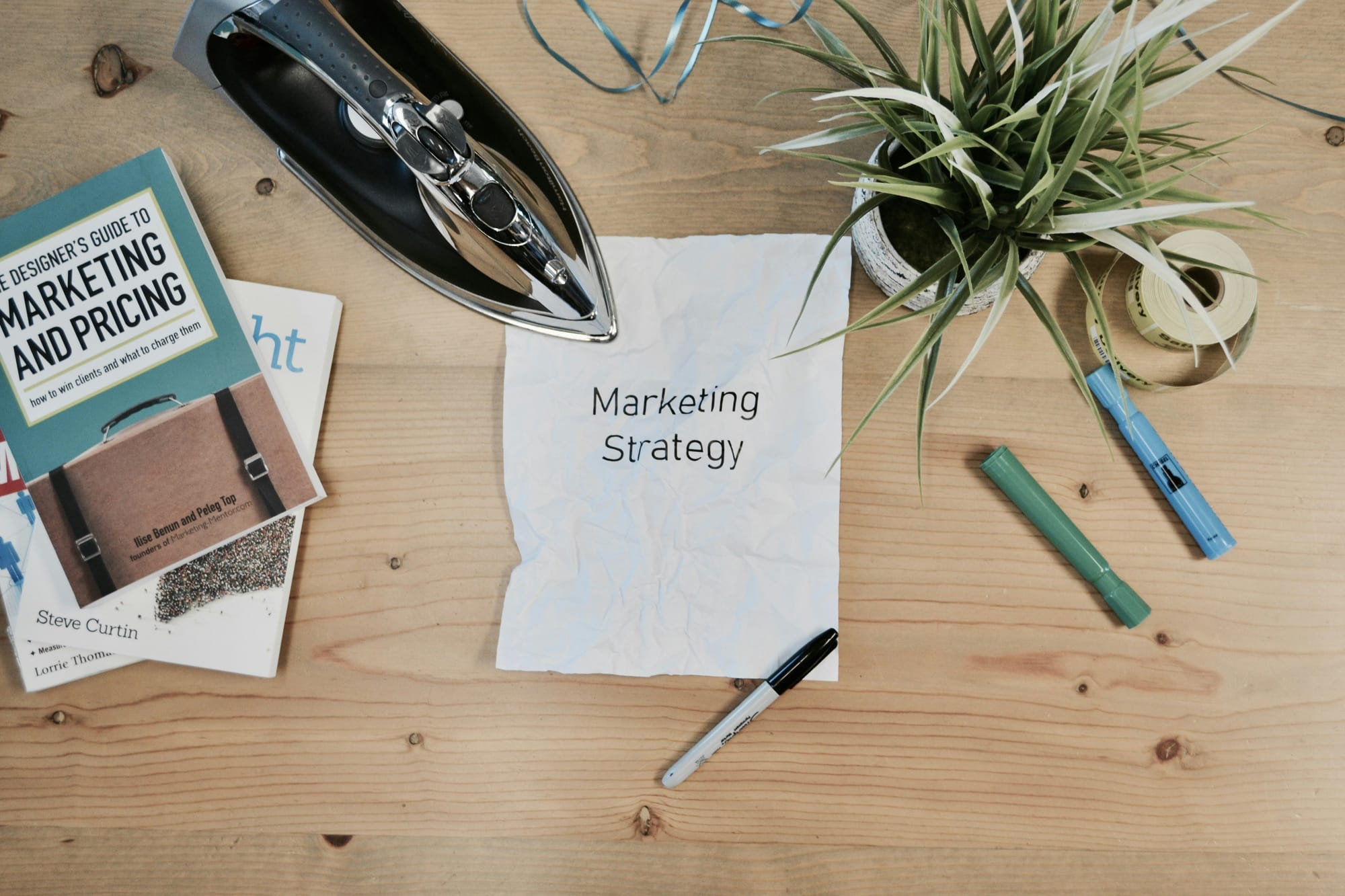
Crafting a winning Conversion Rate Optimisation strategy
-

What is a good website conversion rate? Understanding your metrics
-
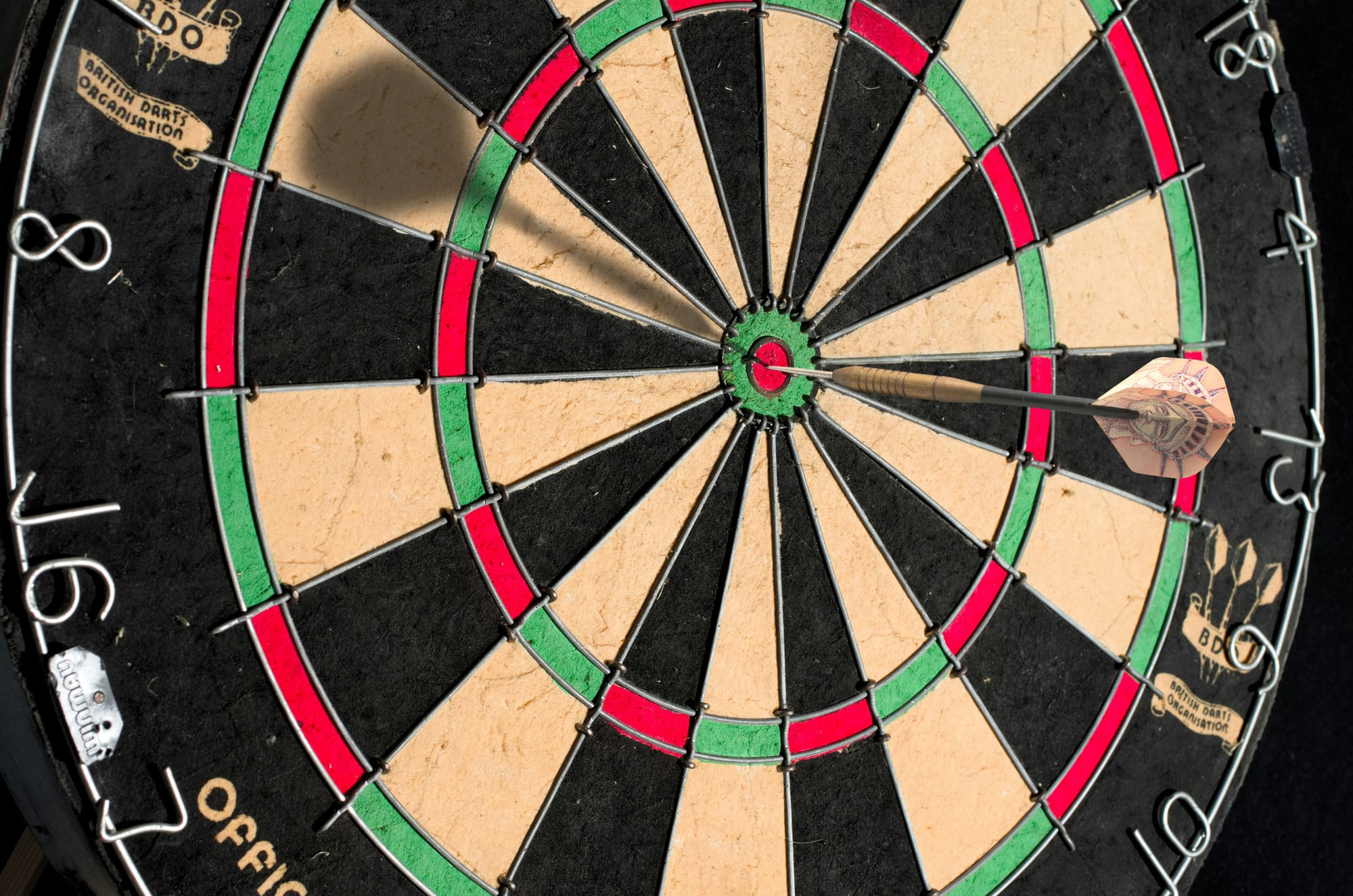
Customized targeting - boosting conversions with precision marketing
